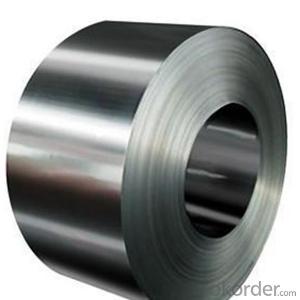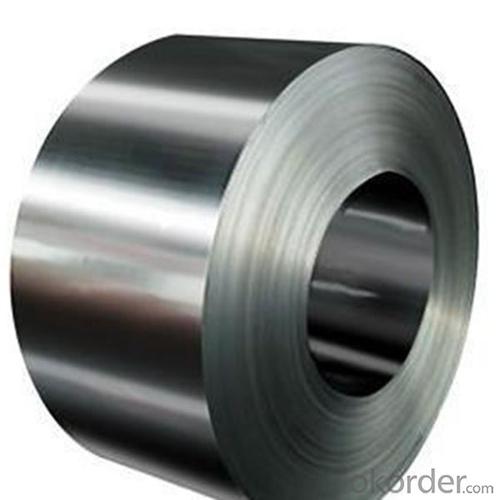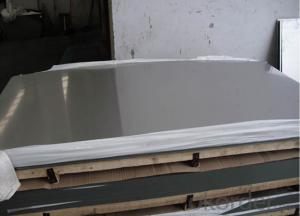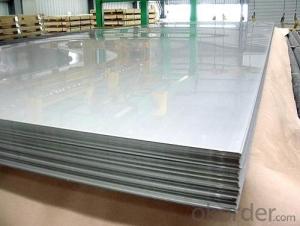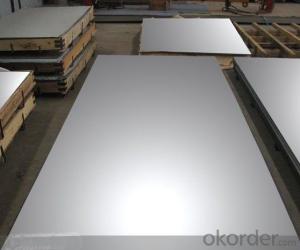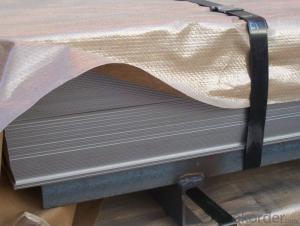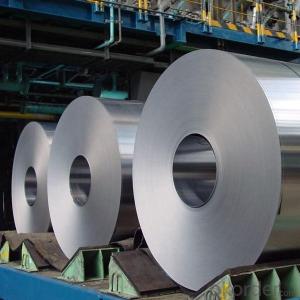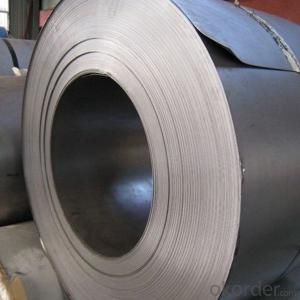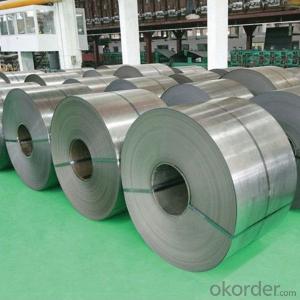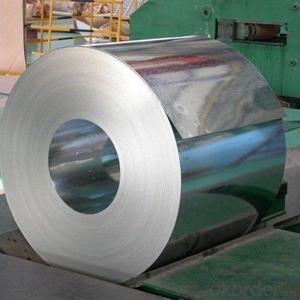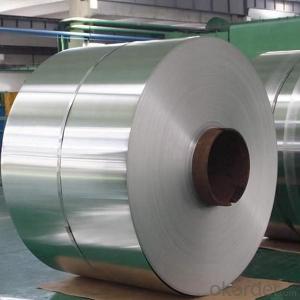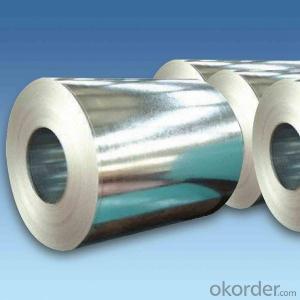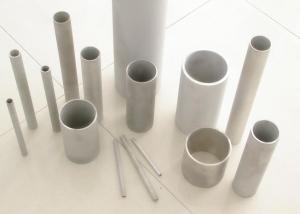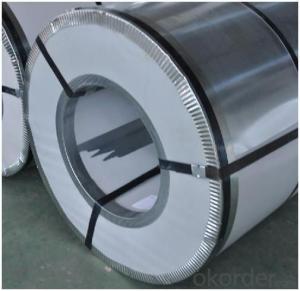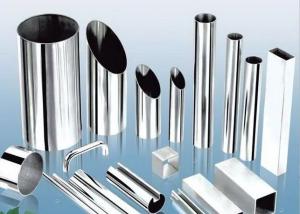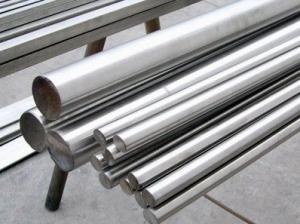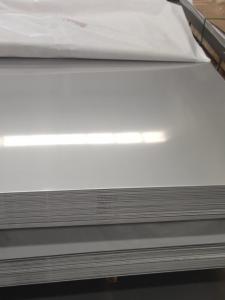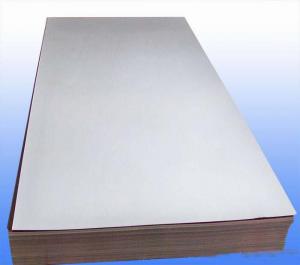Hot Rolled Steel Coils NO.1 Finish Grade 304 304L Made In China
- Loading Port:
- Tianjin
- Payment Terms:
- TT OR LC
- Min Order Qty:
- 25 m.t.
- Supply Capability:
- 20000 m.t./month
OKorder Service Pledge
OKorder Financial Service
You Might Also Like
Specification
Products Description for Stainless Steel Coils/Sheets:
Product | stainless steel coils/plates/sheets | ||
Discharge Port | Any Port, China | ||
Size | Coils | Cold Rolled: | Thickness0.3-8mm,Width:280-2100mm |
Hot Rolled : | Thickness3-14mm,Width:650-2100mm | ||
Plates | Thickness2-80mm,Width:1500-3000mm | ||
Coil Weight | About 20 Tons | ||
Grade | 201,202,304/304L/304H,316/316L/316H,321/H,310S,409/L,430 etc. | ||
Technique | Hot Rolled/Cold Rolled | ||
Finish | 2B, BA, 2D, No1, No2, No4,NO.8,SB etc | ||
Edge | Mill Edge / Slitting Edge | ||
Package | In bundles, or as customer's requirement | ||
Place of Origin | Made in China | ||
MOQ | 20 Tons | ||
Description for Stainless Steel Coils/Sheets:
Prodcut:Stainless Steel Coil
Thinckness: 0.20mm-8.0mm
Width:1000mm, 1219mm(4 feet), 1250mm, 1500mm, 1524mm(5 feet),
1800mm, 2000mm, 2200mm, 2500mm,and customizable
Ni:0.8~1.2% Cu:1.4~1.5% Cr:14
Standard: ASTM, JIS, GB, BS, DIN etc
Grade: 200series&300series&400series
Surface finish: 2B, BA, 8K, 6K, Mirror Finished, No1, No2, No4, Hair Line with PVC
Manufacture technology: cold rolled/hot rolled
Thickness Tolerance: +/-0.1mm
Width Tolerance: +/-10mm
200 Seriers: 201,202
300 Seriers: 301, 304, 304L, 316L, 309, 310S,321
400 Seriers: 410, 410S, 409L,430
Detail picture for Stainless Steel Coils/Sheets
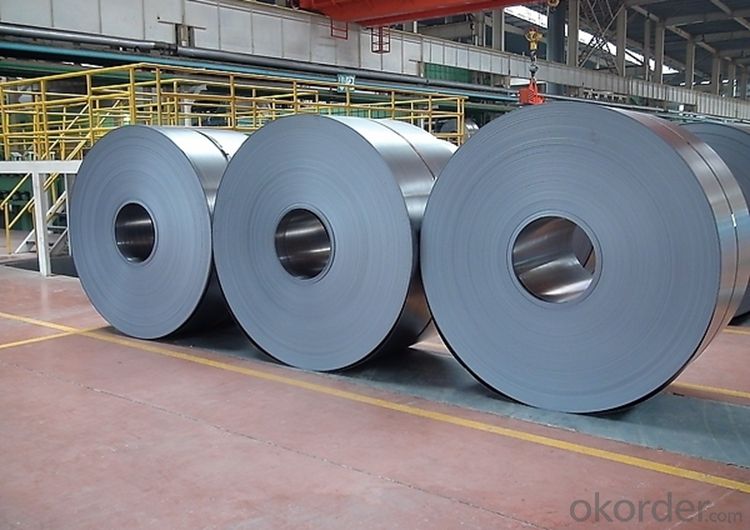
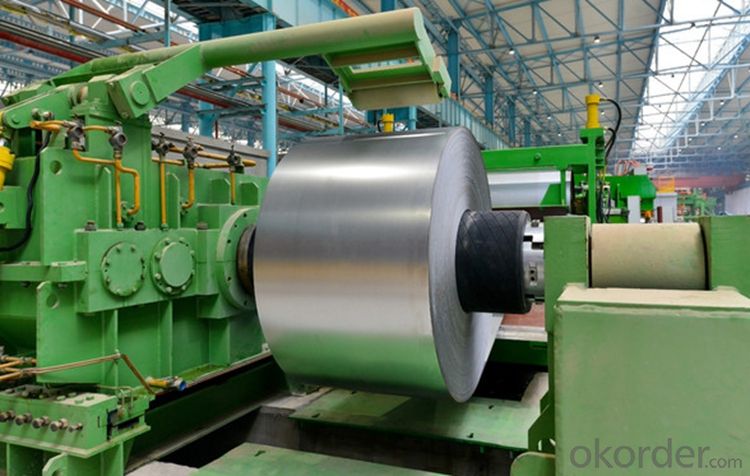
Packaging & Delivery for Stainless Steel Coils/Sheets:
Packaging Detail Standard export packing or following customer's demand
Delivery Time: Within 30-40 days after deposit or according to the order quantity
Export Markets for Stainless Steel Coils/Sheets:
Our target market is the international market. Every year we export most of products to countries like India, Pakistan, South Korea, Brazil, Australia, South Africa, Spain, Sri Lanka, Taiwan, Hong Kong, etc.
FAQ for Stainless Steel Coils/Sheets:
Q:What are the advantages of your company ?
A: We have many professionals, technical personnel, more competitive prices and best after-dales service than other stainless steel companies.
Q:Can you arrange the shipment ?
A: Sure we can help you with the shipment. We have forwarders who have cooperated with us for many years.
- Q: How do you clean and maintain stainless steel sheets?
- To clean and maintain stainless steel sheets, you can start by wiping them down with a soft cloth or sponge dipped in warm, soapy water. Avoid using abrasive cleaners or scrub brushes that can scratch the surface. Rinse the sheets thoroughly and dry them with a clean cloth to prevent water spots. For regular maintenance, you can use a stainless steel cleaner or a mixture of equal parts water and vinegar to remove any fingerprints or smudges. Finally, remember to always wipe in the direction of the grain to maintain the steel's polished appearance.
- Q: 1cm thick 201 stainless steel plate how much money party
- Water or other weak corrosive medium or stainless steel is called stainless steel; and chemical resistance medium (acid, alkali, salt and other chemical etching) corrosion of steel is called acid resistant steel. Because of the difference in the chemical composition of the two, and make their corrosion resistance is different, ordinary stainless steel is generally not resistant to chemical medium corrosion, and acid resistant steel are generally stainless steel.
- Q: Can stainless steel sheets be used for architectural cladding?
- Architectural cladding can indeed utilize stainless steel sheets. This material is incredibly versatile and offers numerous benefits for architectural applications. It boasts exceptional corrosion resistance, making it suitable for both interior and exterior cladding in diverse environments. Furthermore, stainless steel sheets are highly durable and require minimal maintenance, making them ideal for long-term use in architectural projects. Moreover, architects can achieve their desired aesthetic as stainless steel can be finished in various ways, enhancing its attractive appearance. Additionally, stainless steel's remarkable strength and fire resistance properties further enhance its suitability for architectural cladding. All in all, stainless steel sheets are a favored choice for architectural cladding due to their durability, resistance to corrosion, aesthetic appeal, and versatility.
- Q: Welding defects analysis of 1.5mm stainless steel plate
- Arc craterBecause the low-lying and arcing arc part formed in the end of the improper bead.Cause: short welding time of welding wire or electrode, insufficient filling metal.Hazard: 1. Reduce the cross-sectional area of the weld;The crater at incomplete reaction prone to agglomeration or segregation of impurities, so the arc pit often have porosity, slag, crack etc..
- Q: What is the price range of stainless steel sheets?
- The price range of stainless steel sheets can vary depending on factors such as size, thickness, grade, and quantity. Generally, stainless steel sheets can range from around $20 to $200 per sheet.
- Q: Can stainless steel sheets be used for staircase railings?
- Yes, stainless steel sheets can be used for staircase railings. Stainless steel is a popular choice for staircase railings due to its durability, strength, and resistance to corrosion. Stainless steel sheets can be cut, shaped, and welded to create a variety of railing designs and styles. They can also be finished in different ways, such as brushed or polished, to achieve the desired aesthetic appearance. Stainless steel railings are not only aesthetically pleasing but also provide a safe and sturdy support for staircases.
- Q: Can stainless steel sheets be welded?
- Yes, stainless steel sheets can be welded. Stainless steel is a versatile material that can be welded using various welding techniques such as TIG (Tungsten Inert Gas) welding, MIG (Metal Inert Gas) welding, or spot welding. However, the specific type of stainless steel and the thickness of the sheet will determine the most suitable welding method. It is important to ensure proper surface preparation, cleanliness, and the use of appropriate filler materials to achieve a strong and durable weld. Additionally, stainless steel has a higher thermal conductivity compared to other metals, so it may require more precise control of heat input during the welding process to prevent distortion or warping of the sheet.
- Q: Are stainless steel sheets resistant to caustic soda?
- Stainless steel sheets, in general, exhibit resistance to caustic soda. Caustic soda, or sodium hydroxide, is a highly corrosive substance; however, stainless steel is renowned for its exceptional corrosion resistance. Chromium, present in stainless steel, creates a protective oxide layer on the metal's surface, preventing any interaction with caustic soda. Nevertheless, it is crucial to acknowledge that the resistance of stainless steel to caustic soda may vary based on its grade or type. Therefore, it is always advisable to refer to the specific material specifications or seek guidance from a qualified professional to ensure the appropriate selection of stainless steel for applications involving caustic soda.
- Q: Are stainless steel sheets suitable for kitchen countertops?
- Kitchen countertops made from stainless steel sheets are highly suitable. They have numerous benefits that make them a popular choice. Firstly, stainless steel is incredibly durable and can withstand stains, heat, and scratches. This makes it perfect for the kitchen, where spills, hot pans, and knife marks are common. Moreover, stainless steel is non-porous, meaning it doesn't harbor bacteria or germs. This makes it an excellent choice for food preparation areas, as it ensures hygiene. Cleaning and maintaining stainless steel is also a breeze, as it doesn't require any special products or sealants. A simple wipe with a damp cloth is usually sufficient to keep it looking shiny and new. Additionally, stainless steel has a sleek and modern appearance that complements various kitchen styles and designs. It can be paired with different cabinetry colors and materials, creating a timeless and contemporary look. Stainless steel is also versatile, as it can be custom fabricated to fit any kitchen layout, including seamless integration with sinks and backsplashes. Lastly, stainless steel is an environmentally friendly option. It is a recyclable material, and many stainless steel products are made from recycled steel. This makes it a sustainable choice for those who want to minimize their environmental impact. In conclusion, stainless steel sheets are an excellent option for kitchen countertops due to their durability, resistance to stains and scratches, hygienic properties, easy maintenance, sleek appearance, and environmental friendliness.
- Q: Can stainless steel sheets be used in food processing applications?
- Stainless steel sheets are indeed applicable for use in food processing activities. The reason behind the popularity of stainless steel in food processing equipment is its remarkable resistance against corrosion, its durability, and its hygienic characteristics. This material possesses a high level of resistance against staining, rusting, and contamination, making it perfectly suitable for direct interaction with food items. Stainless steel sheets are frequently employed in various areas of commercial kitchens and food processing facilities, such as countertops, work tables, and food preparation zones. Furthermore, stainless steel exhibits ease of cleaning and maintenance, which plays a crucial role in guaranteeing food safety and compliance with industry regulations.
Send your message to us
Hot Rolled Steel Coils NO.1 Finish Grade 304 304L Made In China
- Loading Port:
- Tianjin
- Payment Terms:
- TT OR LC
- Min Order Qty:
- 25 m.t.
- Supply Capability:
- 20000 m.t./month
OKorder Service Pledge
OKorder Financial Service
Similar products
Hot products
Hot Searches
Related keywords
